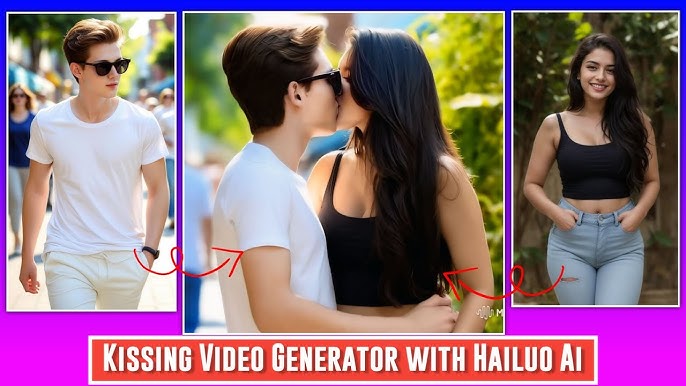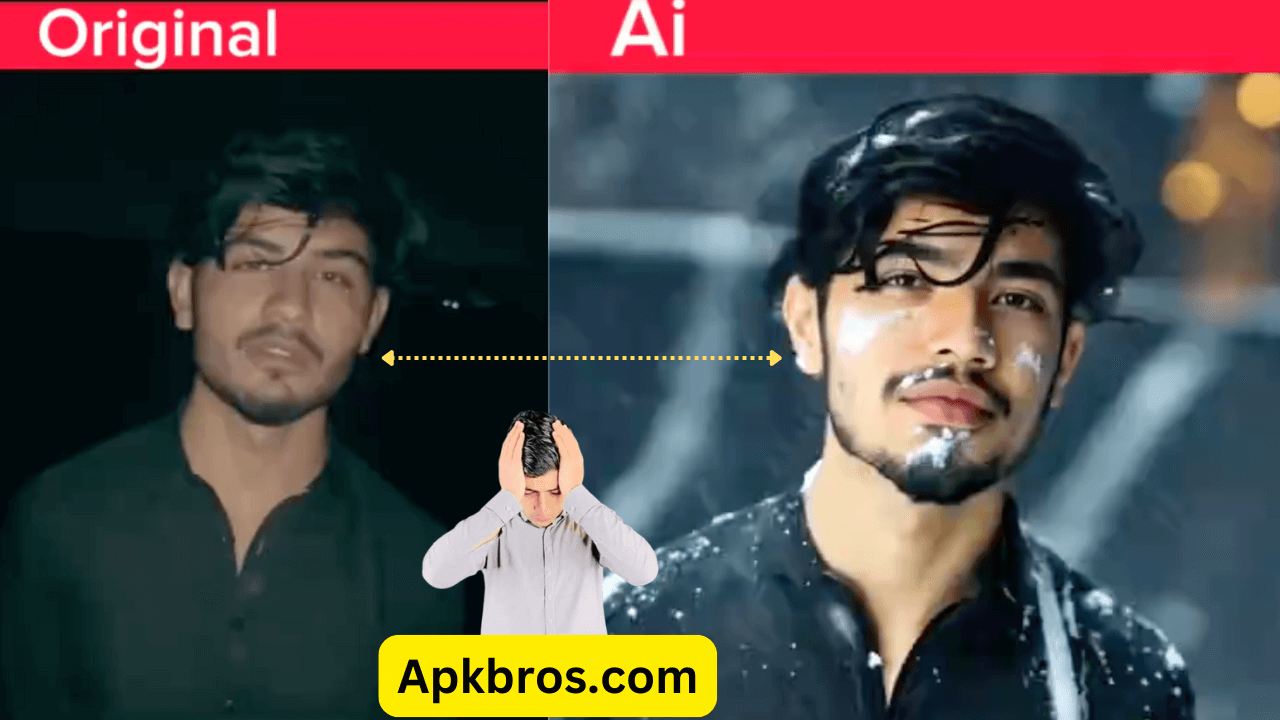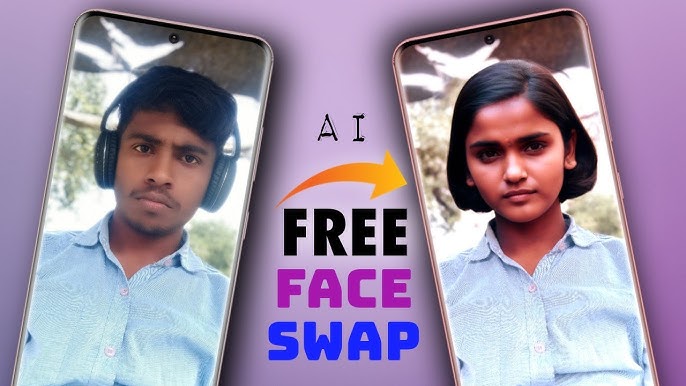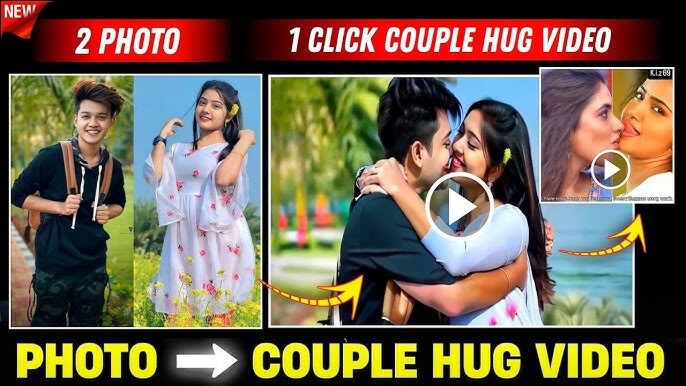Artificial intelligence (AI) has revolutionized the way we create and consume content, and video production is no exception. AI videos are becoming a popular choice for businesses, educators, and creators, offering speed, cost-effectiveness, and professional quality. If you’re curious about how to create AI videos, you’re in the right place. This guide will walk you through the process step-by-step, providing tips, tools, and insights to help you succeed.
What Are AI Videos?
AI videos are video content created, enhanced, or generated using artificial intelligence. They can range from text-to-video creations to realistic avatars delivering scripted dialogues. These videos leverage AI technologies to automate aspects of production, saving time and effort while maintaining high-quality standards.
Benefits of AI Videos
Before diving into the “how-to,” let’s explore why AI videos are such a game-changer:
- Cost-Effective: AI eliminates the need for expensive equipment and studio setups.
- Time-Saving: Automation speeds up the production process.
- Scalable: Easily produce multiple videos with different variations.
- Customizable: Personalize content for diverse audiences.
- Professional Quality: AI tools ensure high production standards, even for beginners.
Step 1: Define Your Goals and Audience
To create impactful AI videos, start by identifying your goals and understanding your audience. Ask yourself:
- Who is my target audience?
- What message do I want to convey?
- What is the purpose of the video (educational, promotional, entertainment)?
Understanding these aspects will help you tailor your content effectively.
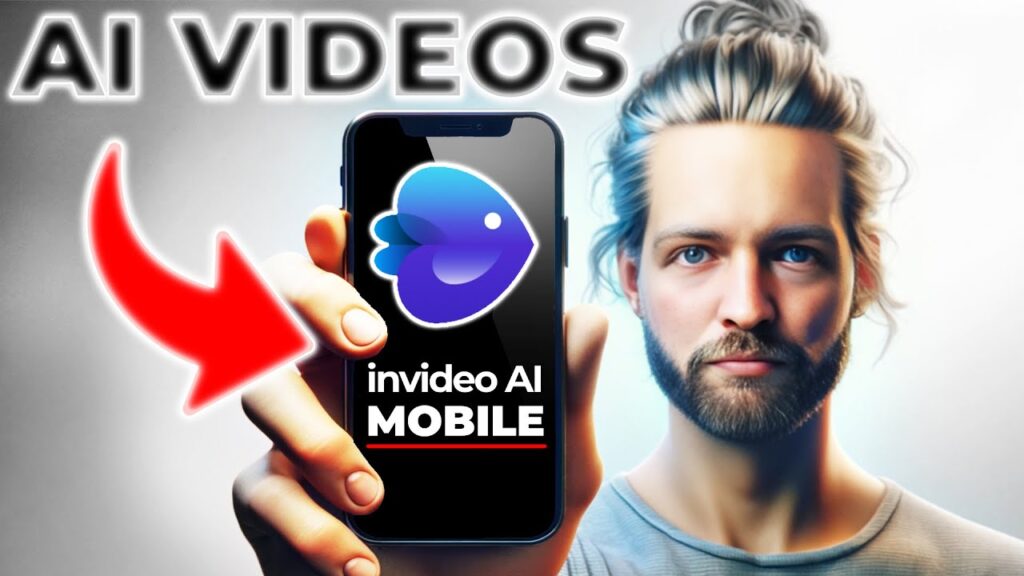
Step 2: Choose the Right AI Video Tool
The success of your AI video depends on the tool you choose. Here are some popular options:
1. Pictory
- Best for: Transforming scripts or blog posts into videos.
- Features: Text-to-video creation, AI voiceovers, customizable templates.
2. Synthesia
- Best for: Creating videos with AI-generated avatars.
- Features: Multiple language support, realistic avatars, easy customization.
3. Descript
- Best for: Editing videos with AI assistance.
- Features: Overdub for voice cloning, transcription, and intuitive editing.
4. Deep brain AI
- Best for: Professional presentations and explainer videos.
- Features: AI avatars, real-time script input, and background options.
5. Runway
- Best for: Advanced editing and AI-generated effects.
- Features: Motion tracking, green-screen effects, and AI enhancements.
Pro Tip: Compare tools based on your budget, ease of use, and the features you need.
Step 3: Write a Clear Script
AI videos thrive on well-crafted scripts. Follow these tips to create a strong foundation:
- Start with a Hook: Grab attention in the first few seconds.
- Keep It Concise: Avoid long-winded sentences.
- Use Simple Language: Make it easy to understand.
- Add a Call-to-Action (CTA): Encourage viewers to take the next step.
Example: If you’re creating a promotional video, include phrases like “Sign up today for exclusive offers.”
Step 4: Select the Visuals and Style
AI tools offer various options for visuals, including:
- Templates: Pre-designed layouts that save time.
- Avatars: AI-generated human-like figures to deliver your script.
- Graphics and Animations: Enhance your message with relevant visuals.
Choose a style that aligns with your brand and resonates with your audience.
Step 5: Add Voiceovers or AI Avatars
AI tools can generate lifelike voiceovers or avatars. Here’s how to choose:
- AI Voiceovers: Ideal for narration or explainer videos. Tools like Murf and Lovo offer natural-sounding voices.
- AI Avatars: Perfect for a personal touch. They can mimic human expressions and gestures to engage viewers.
Step 6: Customize Your Video
Personalization is key to standing out. Adjust these elements:
- Brand Colors and Logos: Ensure consistency with your brand identity.
- Music and Sound Effects: Choose audio that complements the tone of your video.
- Text and Captions: Use captions for accessibility and better engagement.
Step 7: Review and Optimize
Before finalizing your video, follow these steps:
- Watch It Thoroughly: Check for any errors in visuals, script, or audio.
- Get Feedback: Share a draft with colleagues or friends for input.
- Optimize for SEO: Include keywords in the title, description, and tags to improve discoverability.
Step 8: Publish and Promote
Once your AI video is ready, it’s time to share it with the world. Use these platforms:
- YouTube: Great for reaching a wide audience.
- Social Media: Share on Facebook, Instagram, and LinkedIn for targeted engagement.
- Email Marketing: Include videos in newsletters for better click-through rates.
Hashtags to Use: #AIVideo #VideoMarketing #ContentCreation #DigitalMarketing
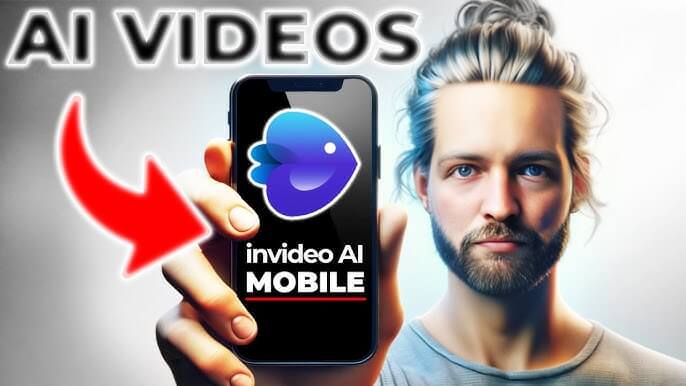
Tips for Creating High-Quality AI Videos
- Plan Ahead: A solid plan saves time and ensures better results.
- Keep It Short: Attention spans are short; aim for 1–3 minutes for most videos.
- Focus on Value: Provide information, entertainment, or inspiration to your audience.
- Monitor Performance: Use analytics to measure engagement and refine future videos.
Common Mistakes to Avoid
- Overloading Content: Keep it clear and to the point.
- Ignoring Audience Preferences: Research what your audience likes.
- Skipping Edits: Always polish your video before publishing.
Examples of AI Video Use Cases
- Marketing: AI videos can showcase products or services in a visually engaging way.
- Education: Create tutorials or explainer videos for e-learning platforms.
- HR & Training: Simplify onboarding processes with interactive video guides.
The Future of AI Videos
AI technology is constantly evolving, offering even more innovative features like real-time editing, voice cloning, and hyper-personalized content. Embracing AI videos now positions you as a forward-thinking creator.
Conclusion
Creating AI videos is no longer a luxury—it’s a necessity in today’s digital world. With the right tools, clear goals, and attention to detail, anyone can produce professional-quality videos that captivate and engage audiences. So, why wait? Start experimenting with AI tools today and unlock endless possibilities for your content strategy.


